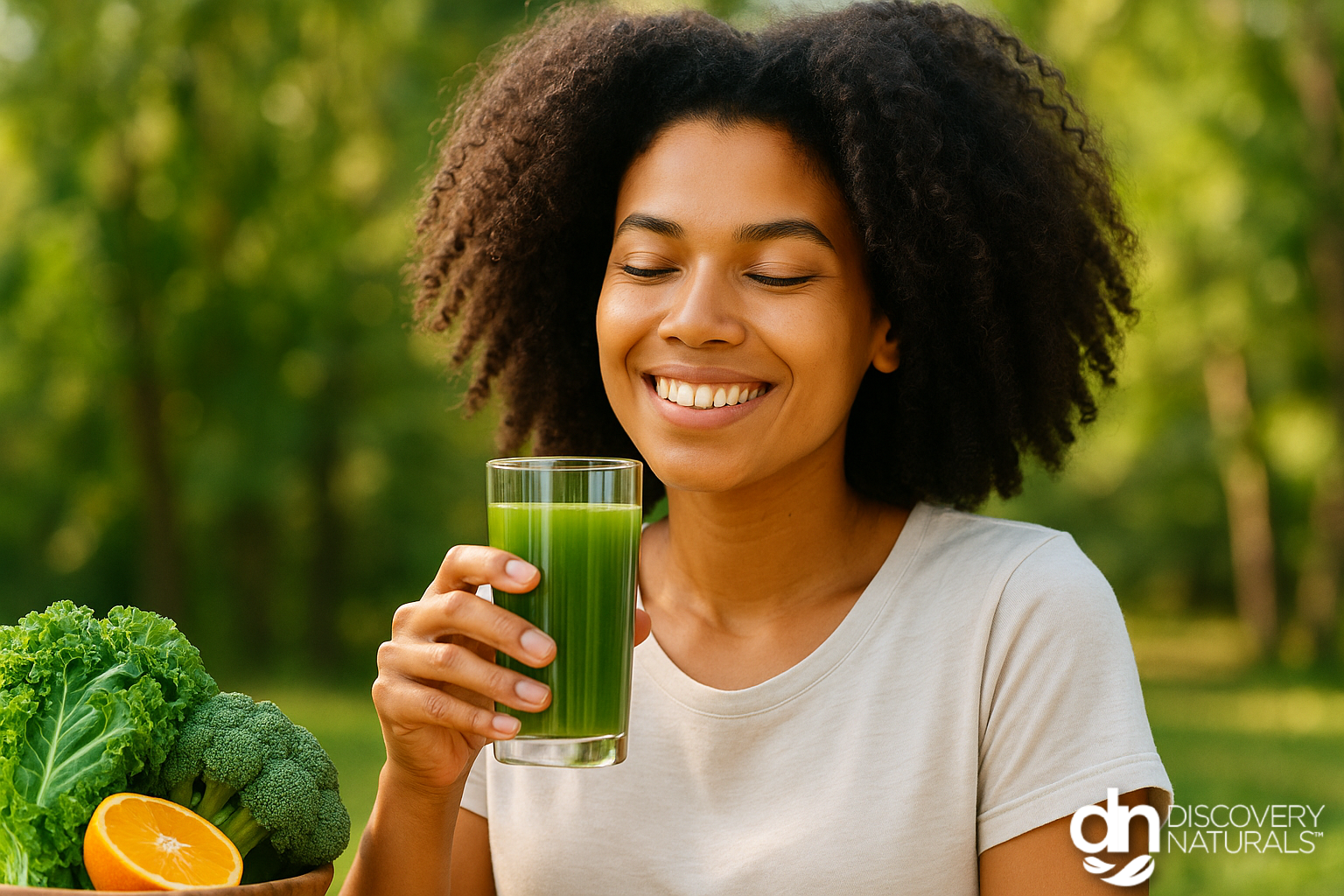Groundbreaking study reveals widespread use of artificial colors—here's how to make safer, healthier choices.
Recent research from the Journal of the Academy of Nutrition and Dietetics found that an alarming 19% of packaged foods and beverages in U.S. grocery stores contain synthetic dyes. Even more concerning, 28% of products marketed to children—such as cereals, candies, and sports drinks—include these artificial ingredients.

Why Should We Be Concerned?
Synthetic dyes, including common offenders like Red 40, Yellow 5, and Blue 1, aren't just colorful additives—they’re linked to significant health risks. Studies indicate artificial colors may contribute to hyperactivity, attention disorders, and behavioral issues in children. The Center for Science in the Public Interest (CSPI) has also highlighted cancer risks associated with specific dyes like Red 3, prompting regulatory scrutiny and public concern.
In fact, the FDA has mandated the removal of Red 3 from products by 2027 due to cancer risks, reflecting growing awareness and action against synthetic dyes.
Hidden Sugar and Health Risks
Products containing synthetic dyes often have significantly higher sugar content. According to the recent study, dyed products average 33.3 grams of sugar per 100 grams, more than double the 13.8 grams found in dye-free foods. This excess sugar not only increases health risks but also makes it harder to maintain balanced diets, particularly for children.
Regulatory Changes and Industry Response
Recognizing these concerns, regulatory bodies and industry leaders are shifting toward safer alternatives. The FDA is pushing food manufacturers to phase out petroleum-based synthetic dyes by 2026 and implement clearer labeling, similar to existing regulations in the EU. Major brands such as PepsiCo, General Mills, Kraft Heinz, and Unilever have pledged to move towards natural coloring alternatives.
Benefits of Choosing Natural Products
Switching to natural products reduces exposure to harmful synthetic chemicals and supports overall health and wellness. Natural products typically contain beneficial nutrients, antioxidants, and essential vitamins that enhance your body's immune system and promote long-term health. Additionally, natural ingredients are better tolerated by the body, reducing the likelihood of allergic reactions and other sensitivities commonly associated with artificial additives.

Impact of Synthetic Dyes on the Environment
Synthetic dyes also pose environmental concerns. Many of these dyes do not degrade easily and can persist in water systems, affecting aquatic ecosystems. The manufacturing processes of synthetic dyes often involve toxic chemicals that pollute air and water, contributing to environmental degradation and posing risks to wildlife.
Natural Dyes and Sustainability
Natural dyes are derived from renewable sources such as plants, fruits, vegetables, and minerals, making them more sustainable and eco-friendly. By choosing products made with natural dyes, consumers not only safeguard their health but also contribute positively to environmental conservation. Sustainable farming practices involved in growing dye-producing plants help maintain biodiversity and ecological balance.
How to Limit Synthetic Dyes in Your Diet
- Always Read Labels: Avoid ingredients listed as FD&C or D&C, such as Red 40 and Blue 1.
- Choose Whole Foods: Fruits, vegetables, grains, nuts, and seeds are naturally dye-free.
- Shop Smart: Opt for minimally processed snacks and products labeled as dye-free or naturally colored.
- Look for Trustworthy Brands: Discovery Naturals carefully selects products free from harmful additives, using verified natural ingredients.
Discovery Naturals: Your Partner in Healthy Choices
Discovery Naturals is committed to promoting wellness through genuinely natural products. Our extensive range includes carefully vetted natural hair and beard dyes, skincare products, and wellness solutions—all strictly vetted to ensure they're free from synthetic dyes, additives, and artificial ingredients. Our commitment to transparency ensures that our customers know exactly what they're applying to their bodies.
By choosing Discovery Naturals, you’re supporting transparency, sustainability, and your family's health.
Additional Tips for a Naturally Healthier Lifestyle
- Personal Care Products: Choose cosmetics, shampoos, and lotions that explicitly state they are dye-free or contain natural colorants.
- Natural Cleaning Products: Replace harsh chemical cleaners with natural alternatives, such as vinegar, baking soda, and plant-based cleaners.
- Natural Fabrics and Clothing: Opt for garments made from organic cotton, hemp, and other natural fibers to avoid exposure to dyes and chemicals often used in synthetic fabrics.
- Cooking at Home: Preparing meals at home allows you to control ingredients, ensuring a healthier diet free of unwanted synthetic dyes.
- Educate Yourself: Stay informed about common food additives and regularly update your knowledge to make informed dietary choices.
FAQ: Understanding Synthetic Dyes and Natural Alternatives
What are synthetic dyes made from?
Synthetic dyes are typically derived from petroleum and coal tar and include artificial colorants like Red 40, Blue 1, and Yellow 5.
Are synthetic dyes harmful to health?
Yes, synthetic dyes have been linked to hyperactivity, attention issues in children, and potential cancer risks.
How can I avoid synthetic dyes?
Carefully read product labels, choose minimally processed foods, and select products from trustworthy brands like Discovery Naturals that use natural ingredients.
Why should I choose natural products?
Natural products reduce chemical exposure, contain beneficial nutrients and antioxidants, and support overall health and wellness without harmful additives.
Conclusion: Choose Natural, Choose Discovery Naturals
The hidden presence of synthetic dyes in everyday foods underscores the need for conscious, informed decisions. Embrace a naturally healthier lifestyle by choosing Discovery Naturals. Visit our online store today, and experience the benefits of truly natural living.
Sources:
Journal of the Academy of Nutrition and Dietetics
Center for Science in the Public Interest (CSPI)
Food and Drug Administration (FDA)

